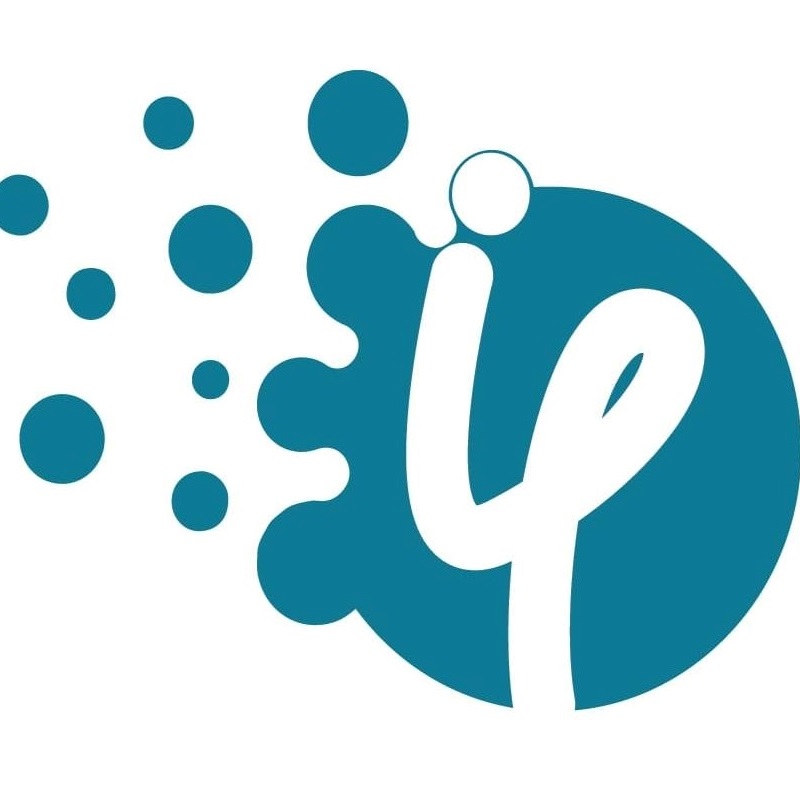Quarkus vs Spring Boot - A Detailed Comparison
 Harshal Suthar
Harshal SutharWhen choosing a Java framework for building microservices, two popular options often come up: Quarkus and Spring Boot. Both frameworks offer robust features and capabilities, but they cater to different needs and preferences. Here's a detailed comparison of Quarkus vs Spring Boot:
Introduction to Frameworks
Quarkus:
- Quarkus is a Kubernetes-native Java framework tailored for GraalVM and OpenJDK HotSpot. It aims to provide a cloud-native, container-first approach to Java app development, making it suitable for modern cloud environments and serverless applications.
Spring Boot:
- Spring Boot is a widely used framework designed to simplify the setup and development of production-ready Spring applications. It provides a comprehensive ecosystem with extensive support for various enterprise-level features and integrations.
Performance
Quarkus:
Startup Time: Quarkus is known for its extremely fast startup times, which makes it ideal for serverless and cloud-native environments where rapid scaling and on-demand instances are required.
Memory Consumption: Quarkus has a low memory footprint due to its ahead-of-time (AOT) compilation with GraalVM, making it suitable for environments with limited resources.
Spring Boot:
Startup Time: Spring Boot applications typically have longer startup times compared to Quarkus because of its reliance on runtime reflection and dependency injection mechanisms.
Memory Consumption: Spring Boot applications generally consume more memory, which can be a drawback in resource-constrained environments.
Development Experience
Quarkus:
Hot Reload: Quarkus offers live coding capabilities that allow developers to see changes immediately without restarting the application.
Developer Tools: Quarkus provides a variety of tools and extensions to enhance developer productivity, including integration with popular IDEs and build tools.
Spring Boot:
Mature Ecosystem: Spring Boot has a mature and extensive ecosystem with a wide range of libraries, tools, and integrations.
Spring Cloud Integration: It seamlessly integrates with Spring Cloud, making it easy to build and manage distributed systems and microservices.
Community and Support
Quarkus:
Growing Community: Quarkus has a growing community with active development and contributions from Red Hat and the open-source community.
Documentation: Quarkus provides comprehensive documentation and guides to help developers get started and troubleshoot issues.
Spring Boot:
Large Community: Spring Boot boasts a large and active community, with extensive resources, tutorials, and third-party support.
Professional Support: Companies can access professional support and training from Pivotal (now part of VMware) and other Spring experts.
Deployment and Scaling
Quarkus:
Container-First Approach: Quarkus is optimized for containerized environments, making it a natural fit for Kubernetes and OpenShift deployments.
Serverless Ready: Its fast startup times and low memory consumption make Quarkus ideal for serverless applications and Function as a Service (FaaS) platforms.
Spring Boot:
Flexible Deployment: Spring Boot applications can be deployed in various environments, including traditional servers, containers, and cloud platforms.
Scalability: Spring Boot offers robust support for scaling applications, particularly when combined with Spring Cloud for microservices architecture.
Use Cases
Quarkus:
Ideal for cloud-native applications, microservices, and serverless environments.
Suitable for performance-sensitive applications where startup time and memory usage are critical.
Spring Boot:
Best for enterprise applications that require extensive integration with existing Spring projects.
Suitable for applications where a rich ecosystem and comprehensive feature set are needed.
Conclusion
Both Quarkus and Spring Boot are powerful frameworks for building Java applications, each with its unique strengths and use cases. Quarkus shines in cloud-native, containerized, and serverless environments due to its fast startup times and low memory consumption. On the other hand, Spring Boot offers a mature ecosystem, extensive integrations, and a flexible development experience, making it ideal for a wide range of enterprise applications. The choice between the two largely depends on your specific project requirements and deployment environment.
Subscribe to my newsletter
Read articles from Harshal Suthar directly inside your inbox. Subscribe to the newsletter, and don't miss out.
Written by
